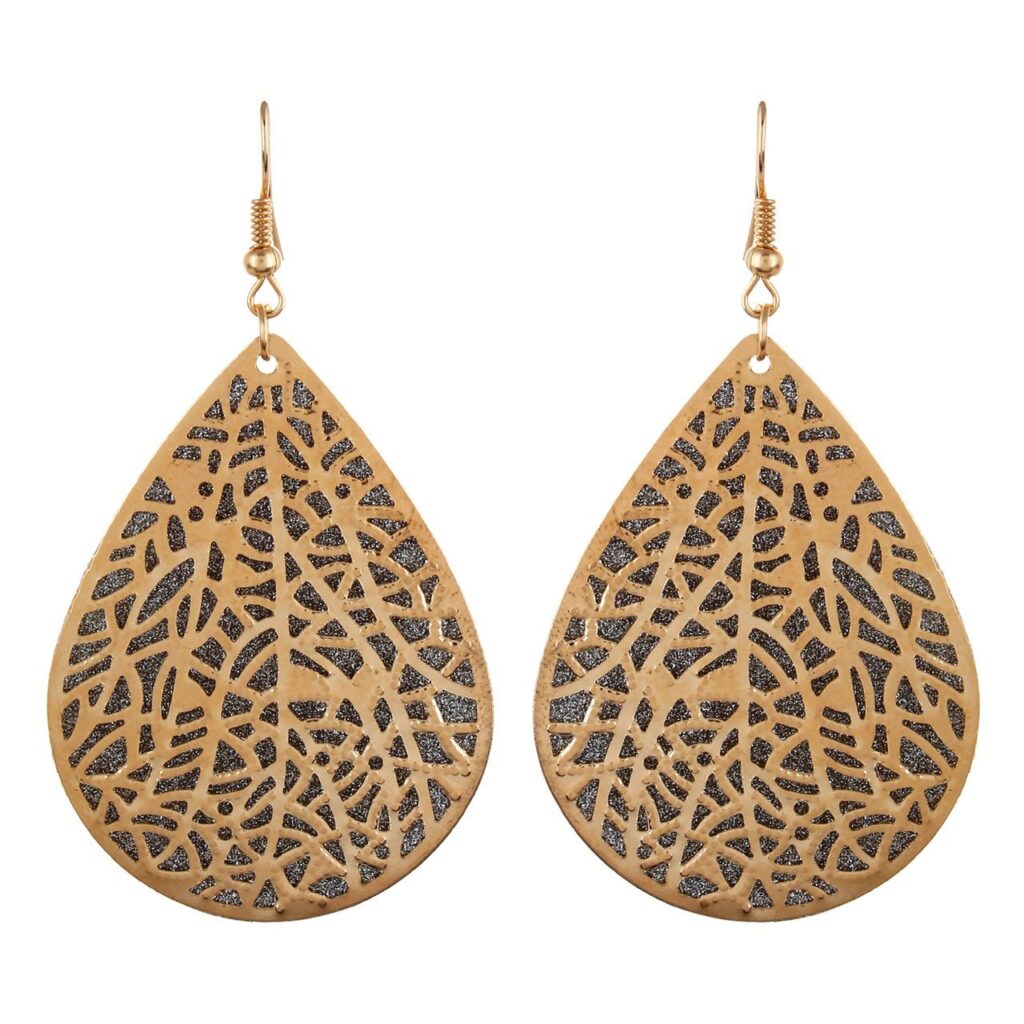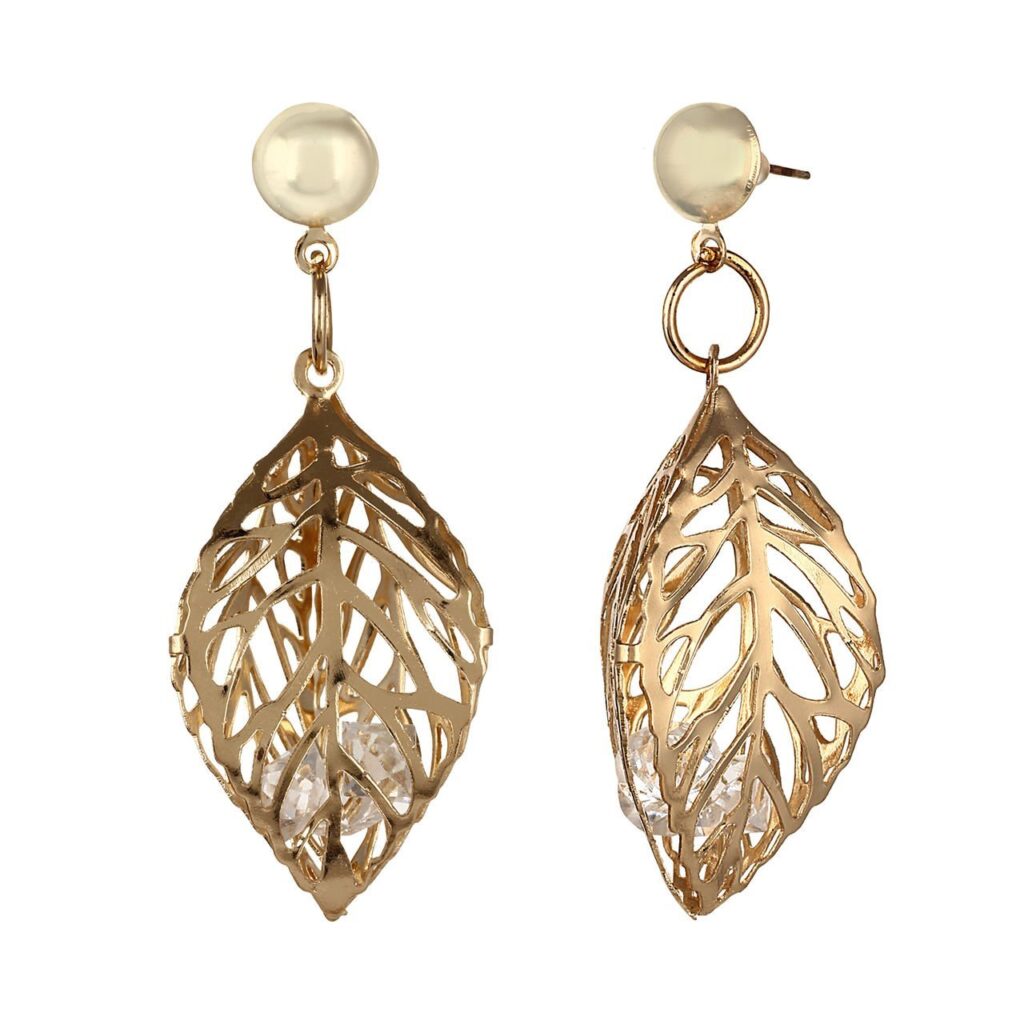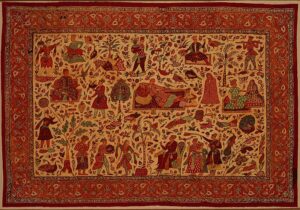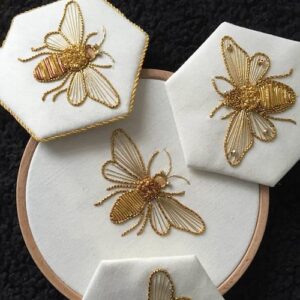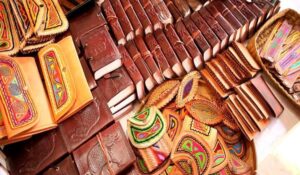Everything you need to know about the delicate art of
Filigree.
What is Filigree?
Filigree is at times also written as Filagree, and was once used to be written as Filigrann or Filigrene.
It is complex metalwork practised in jewellery and different small kinds of metalwork.
In metalwork, small beads and threads of silver and gold are used together and designed in artistic themes.
It usually implies lace and continues to be prevalent in Indian and other Asian metalwork.
It was prevalent also in Italy, France as well as Portuguese from 1660 to the late nineteenth century.
It shouldn’t be mixed with Ajoure jewel work as the process involves drilling holes in items created with the use of sheet metal.
The English term Filigree is derived from Filigreen which originates from Latin “Filum”.
It means thread whereas “Granum” means grain.
The Latin words Filigrana in Italian converted Filigrane in seventeenth-century France.
What was its origin?
It has its root in Mesopotamia and Egypt and exported from Asia to Europe.
Acknowledgements to archaeology that proofs could be seen in ancient Mesopotamia remains that Filigree is consolidated into jewellery since 3.000 B.C.
There was also a unique kind of Filigree in Midvat (Mardin Province, Mesopotamia), that handled silver as well as gold wires.
This method was named as “Telkari” and it is still handled by regional artists to this day.
What is the traditional way of decorating Filigree?
One of Filigree’s most traditional ways of decoration is the granulated work.
This is prepared with small jewels and globules of gold joined to make designs on a metal surface.
This was performed by Mesopotamian artists, but Sumerians were the first ones to follow this method of metalwork.
Egyptian jewellers also practised with wire.
However, the interest was only in highly-priced metal chains.
Filigree art was not very famous among them as it was limited.
Round plaited gold chains of fine wire which are related to those manufactured in India now, can yet be viewed throughout the world and are recognised as Trichinopoly chains.
These chains are usually embellished with small fishes and other intricate embellishments.
The Process
The process of creating silver Filigree requires efforts.
It is a different sort of work that excludes the process of engraving, carving or moulding a piece of metal into jewellery.
The process of Filigree work comprises producing a part by combining silver wires as thin as the hair in pieces and giving an impeccable shape to it.
Filigree jewellery involves melting the silver or gold metals on a small stove and then placing into a mould to form rods further in the manual wire drawing machines.
Wires are an important element of Filigree jewellery.
After gold, silver is supposed to be the most flexible and moldable metal and these features are such processed in nature that one kilometre long silver wire can be prepared with the use of one gram of pure silver.
What is the inspiration for the patterns used in the Filigree jewellery?
For imagining the patterns of the Filigree jewellery, the primary stages include drafting the patterns on a paper.
The patterns of Filigree jewellery are mainly inspired by the sayings on temples, sculptures of gods and goddesses, and the encompassing plants and animals.
Further, the wires used for creating the frames are accurately fixed on the design sheets which take the elegant patterns of the drawings.
Is there any effect on the designs?
To obtain a zigzag effect on the designs, the hair-thin wires are set with the machine which is specifically created for this process.
Later, the fine wires are correctly fastened to the outlining frame by the artists.
It involves ninety-plus different patterns of wire in the boundaries such as creepers and jaals, spirals as well as curls.
The tenderness of the pattern is of spider webs shaped with silver.
With high accuracy and craftsmanship, the artists fill in the outlines providing the look of elegant complicated woven gauzy designs.
At the time of the whole process, artists take extensive responsibility in preserving the fine thin thread of silver from breaking down.
To combine the joins correctly, mended pieces are heated again.
Lastly, the produced piece is polished so that the final touch could be given.
Some craftsmen also coat the jewellery to give it a more polished look.
What are the Filigree tools used for auspicious occasions?
The jewellery is just an element of the creation of Filigree art.
Besides this, there are various interesting and attractive items produced using Filigree like decorative animals, sayings for temples, duplicates for temples and sculptures of gods and goddesses.
Coral coloured containers, spoons as well as bowls are used for the first feed of a newly born and areca nut boxes crafted in stunning designs using silver Filigree.
Now, a broad category of Filigree jewellery chiefly consisting of brooches, hairpins, as well as earrings are obtainable in the market which is considerably preferred by people.
What are the methods of fabrication and uses?
Curling, twisting as well as plaiting are the methods of fabrication used.
They are joined at the meeting point with each other using flux like borax and the blowpipe.
When themes are desired, tiny beads are created by using highly-priced metal wire or fine.
This is cut in tiny parts mixed with flux.
These are set in the tiny holes of a pitted piece of charcoal or a hard material will also be appropriate.
These are further melted and then the pieces of wire curl up and get a natural spherical shape.
These end up in minuscule grains with an insignificant difference from each other.
Tiny beads of the similar metals are usually placed in the eyes of volutes, on the unions, or at periods at which they will set off the wirework appropriately.
The more refined work is usually guarded by the framework of heavier wire.
Which State is it mainly practiced in?
In India, people of Orissa living in the Cuttack city are vastly included in producing this art.
More than 100 households in Cuttack city are involved in offering different designs of Filigree jewellery.
This art is known as ‘ Cuttacki Tarkasi’ amongst the people living in the state.
For its complex patterns and splendid artistic designs, Filigree jewellery of Orissa is popular throughout the world and is an important export item since ancient times.
This also means perfection and showcases the ability of Orissa’s artists.
Is it practised in other states too?
The Filigree art is not only famous in Orissa but Andhra Pradesh and West Bengal too.
Karimnagar of Andhra Pradesh is the conventional market of Filigree.
Women in Andhra Pradesh prefer to decorate themselves with Filigree ornaments on auspicious occasions recognising its great level of pureness.
What is the status in India?
Filigree work in silver is common in various parts of India.
In the world of silver embroidery, silver Filigree provides the most elegant look to the ornaments.
Since ancient times, people in India have been practising this kind of jewellery making.
It requires persistence as well as hard work in producing a Filigree piece as it requires great technicality to come out with a complicatedly created attractive look.
Has the demand increased or decreased?
The demand for Filigree jewellery has deteriorated in the last few decades however the charm is still the same when it is done on auspicious occasions.
With the support and the accessibility of modern patterns, this art gained the recognition of jewellery lovers.
This art has admirers throughout the world where women prefer to wear Filigree ornaments also embellish themselves with the genuineness and patterns of this art.
Did we miss something?
Let us know in the comments down below!





